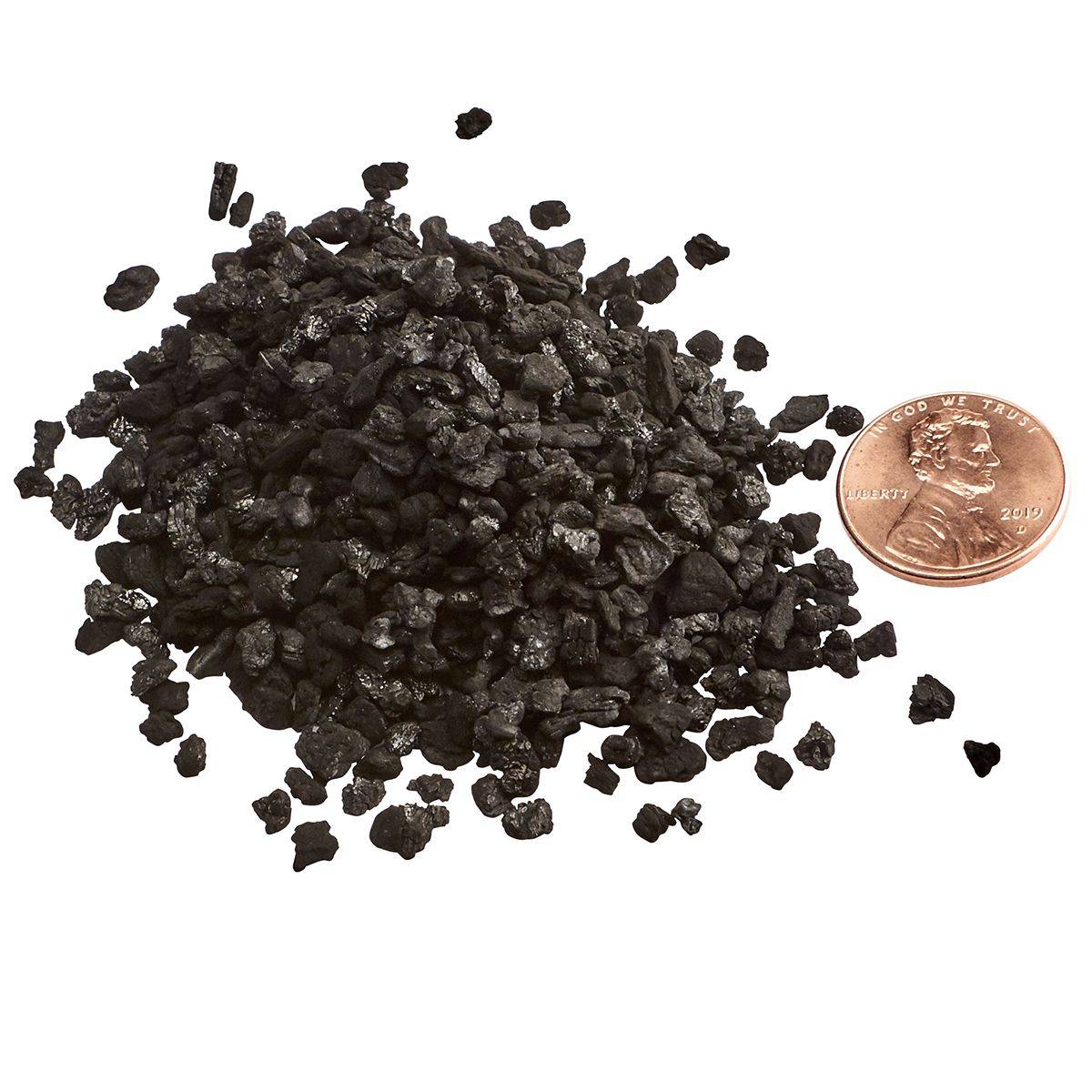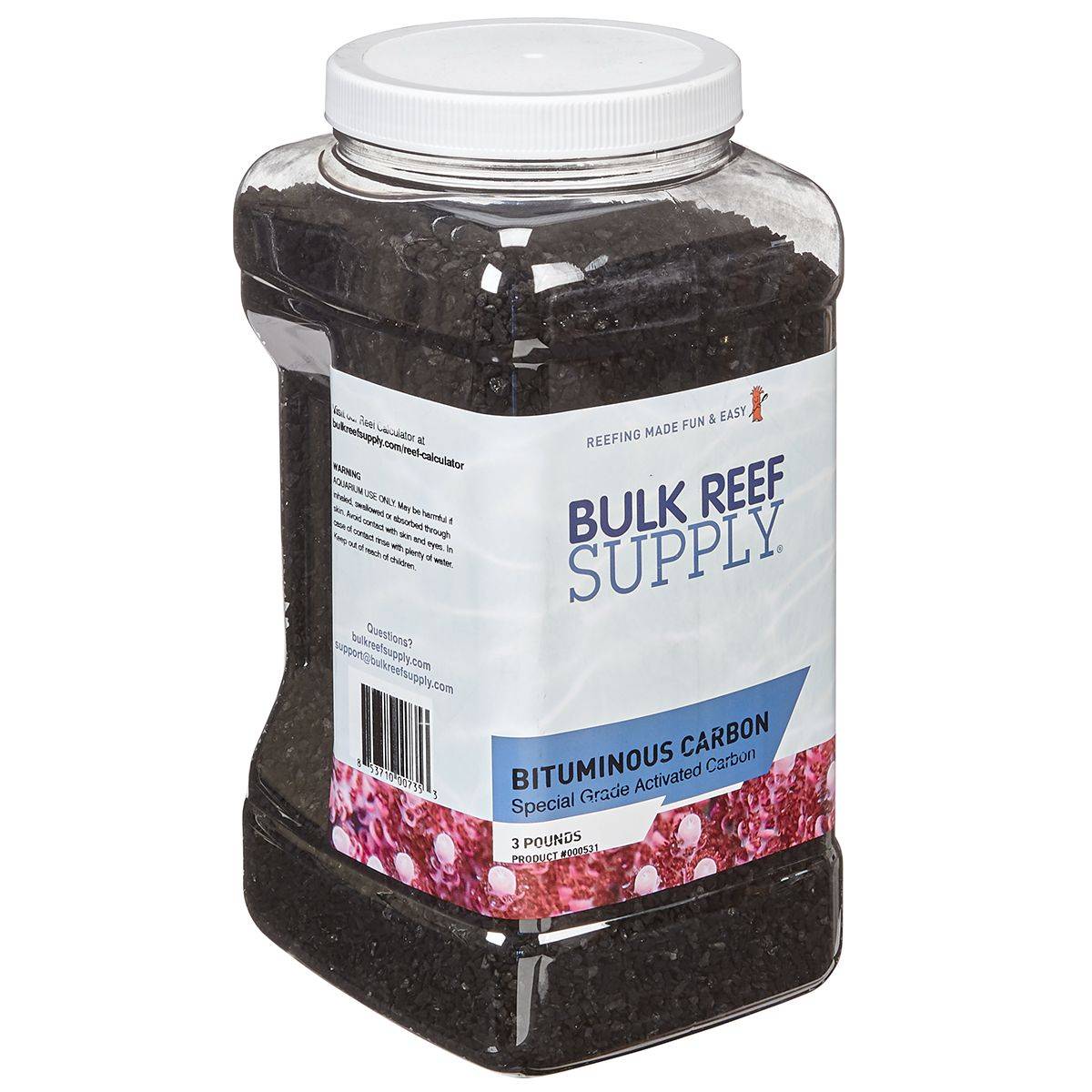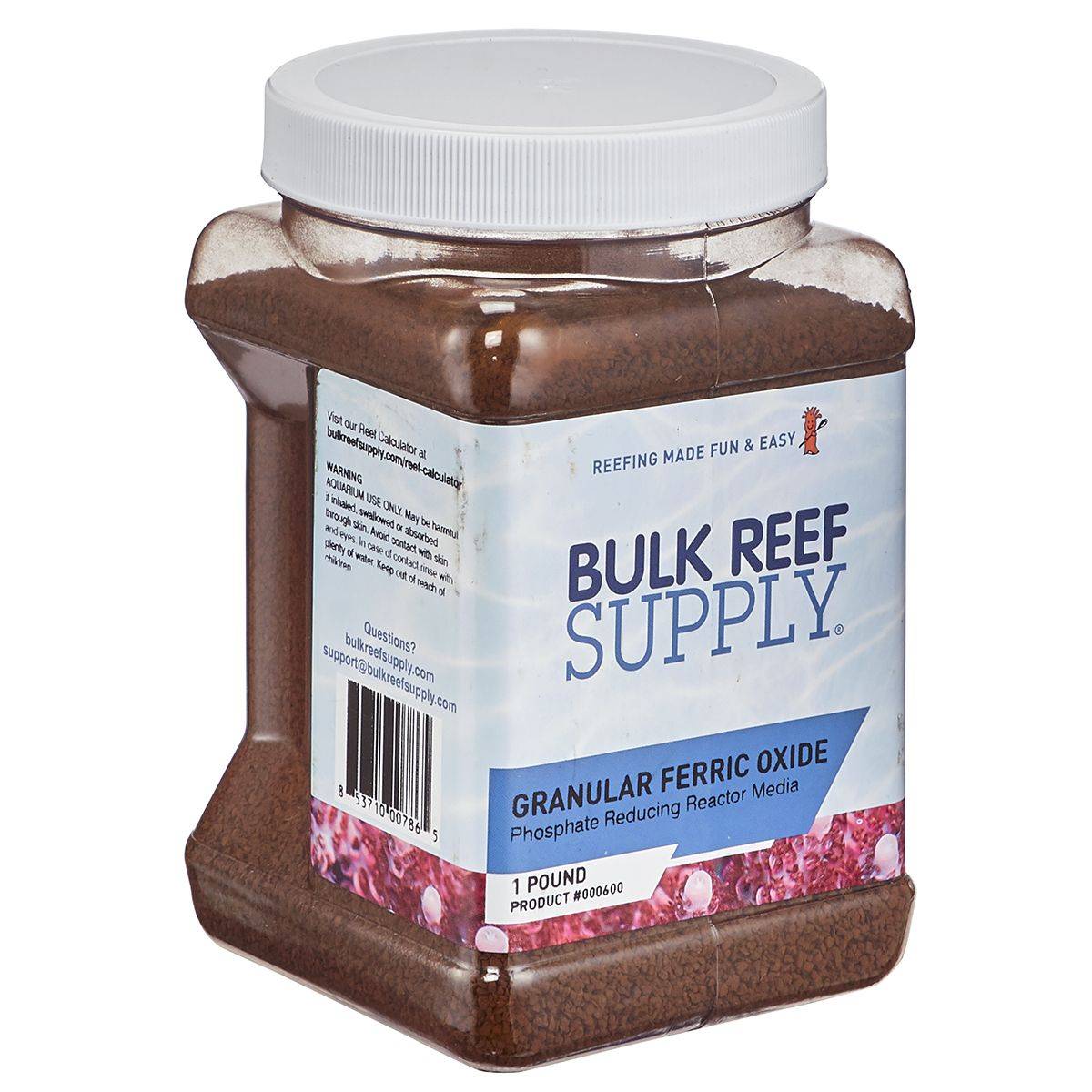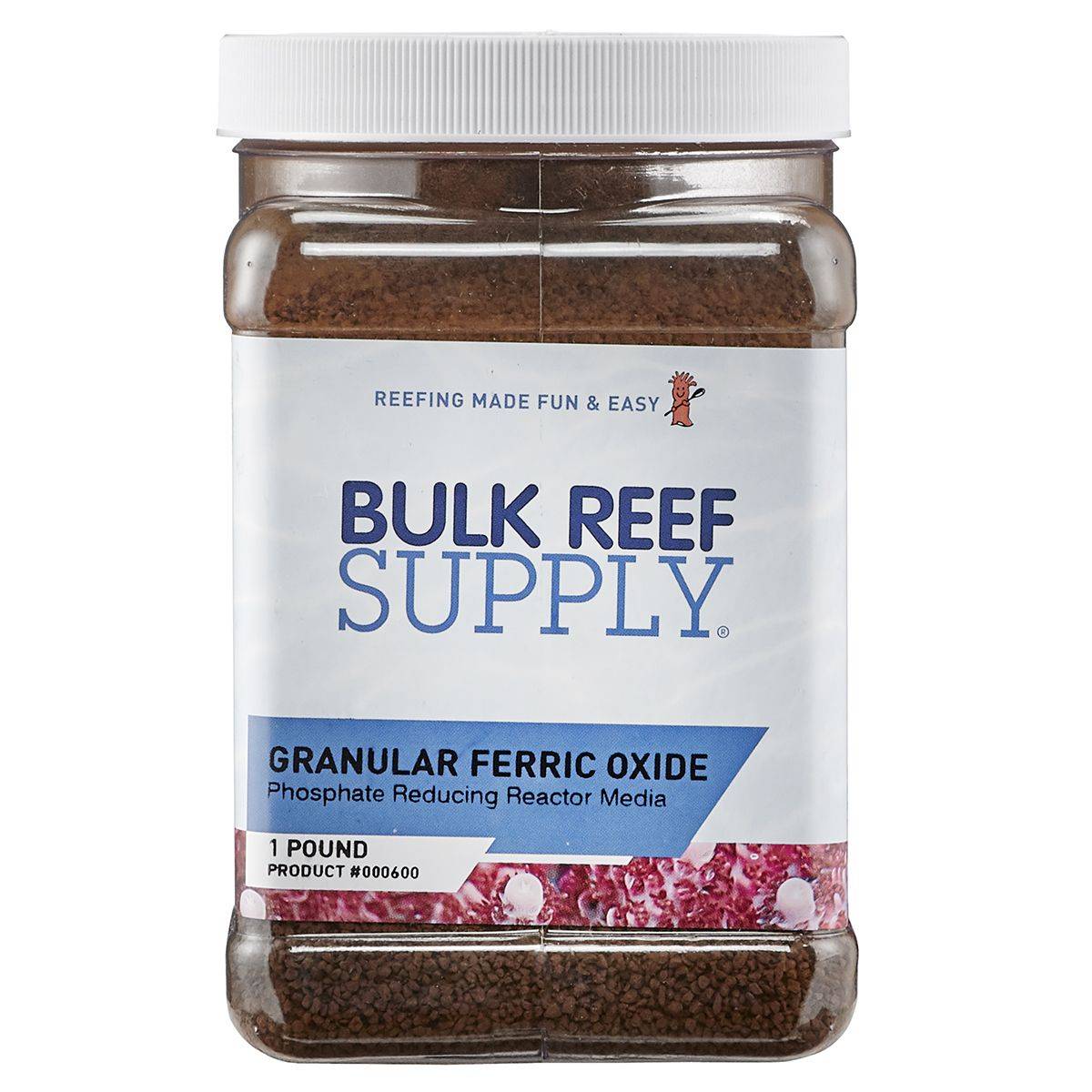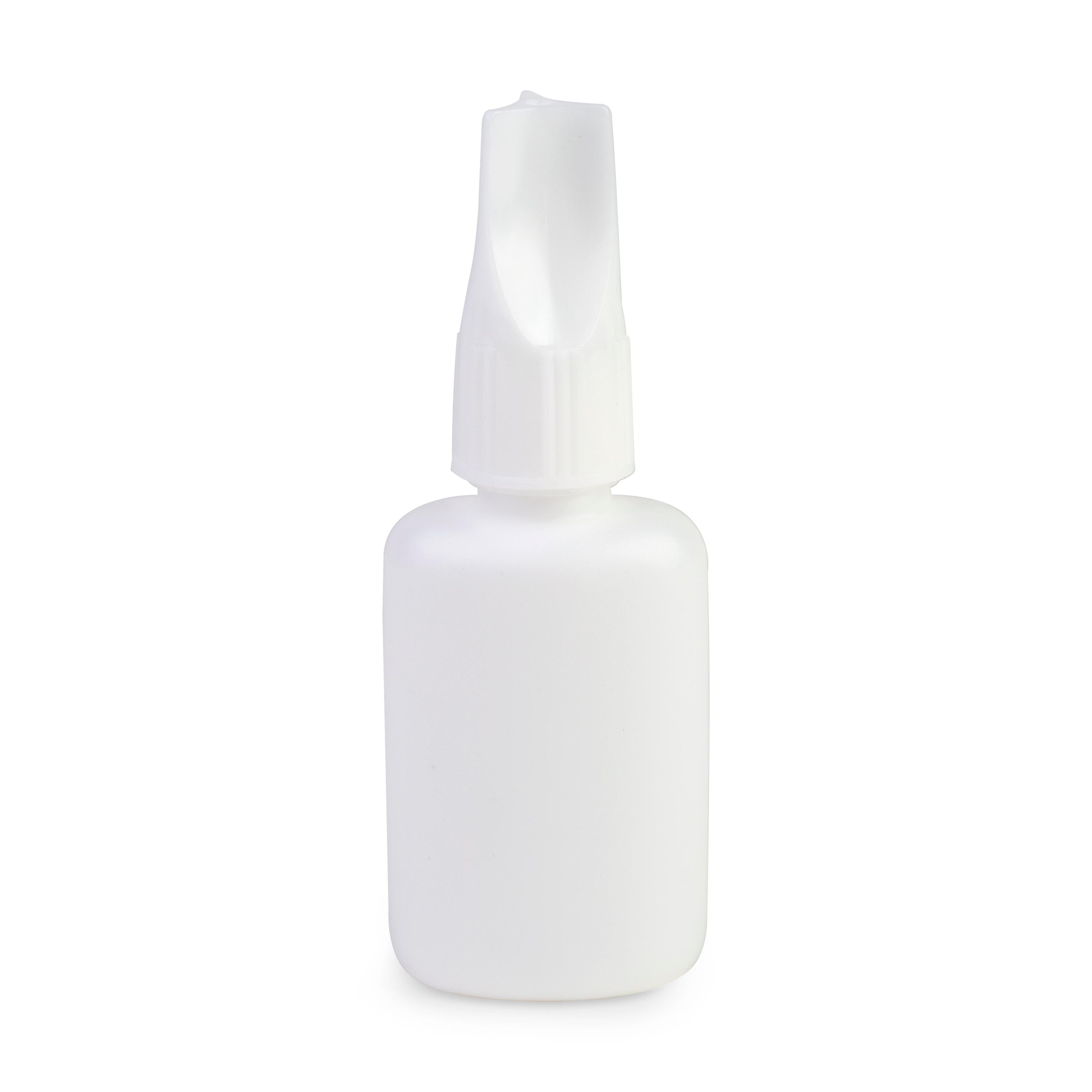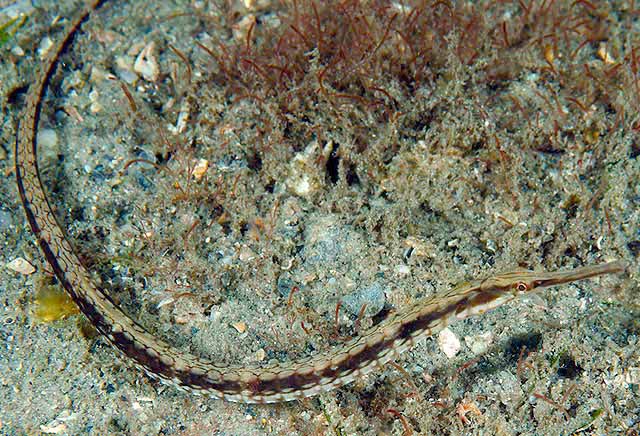
Gulf Pipefish (Syngnathus scovelli)
Max Size: 7 inches
Diet: Carnivore
Temperament: Peaceful
Reef Compatible: With Caution. May be harmed by stinging corals and crabs.
Minimum Tank Size: 45 gallons
The Gulf Pipefish (Syngnathus scovelli) is a fascinating and unique species belonging to the syngnathid family, which includes seahorses and seadragons. Proper care is essential to ensure their well-being in a home aquarium. Here is a basic care sheet to guide you:
Aquarium Setup: The Gulf Pipefish requires a well-established marine aquarium of at least 30 gallons or larger. Provide plenty of live rock and artificial plants to offer hiding spots and structures for the pipefish to cling onto. A sandy substrate is recommended to mimic their natural habitat and to enable them to bury themselves partially.
Water Parameters: Maintain stable water conditions with a temperature range of 72°F to 80°F (22°C to 27°C). The pH level should be between 8.0 and 8.4. Keep the salinity level at 1.020 to 1.025 specific gravity. Ensure proper filtration and regular water changes to maintain water quality.
Feeding: Gulf Pipefish are carnivores and require a diet of small live or frozen foods. Feed them live or frozen brine shrimp, Mysis shrimp, small pieces of fish, or enriched copepods. They have small mouths, so ensure the food is appropriately sized.
Tank Mates: Gulf Pipefish are peaceful but can be shy and easily outcompeted for food by more aggressive tank mates. They are best kept in a species-specific aquarium or with other peaceful, small fish.
Behavior: Gulf Pipefish are relatively peaceful and can coexist with other non-aggressive species. They are slow swimmers and prefer calm water conditions with minimal water flow.
Breeding: Breeding Gulf Pipefish in a home aquarium can be challenging due to their specific requirements. If you wish to breed them, provide suitable hiding spots for the male to carry the eggs and protect the fry.
Special Considerations: Gulf Pipefish are not well-suited for a beginner's aquarium due to their unique needs and feeding requirements. Regularly observe their behavior and feeding habits to ensure they are healthy and thriving.
Caution: Gulf Pipefish are sensitive to changes in water conditions, so avoid sudden fluctuations in temperature, salinity, and pH. Avoid housing them with aggressive or predatory tank mates that may harm or outcompete them for food.
Expert Advice: Seek advice from experienced aquarists or marine specialists if you are new to keeping Gulf Pipefish or similar species.
By providing the Gulf Pipefish with suitable living conditions, appropriate food, and a stress-free environment, you can enjoy these intriguing creatures in your home aquarium. Always strive to mimic their natural habitat as closely as possible to promote their well-being and longevity.


